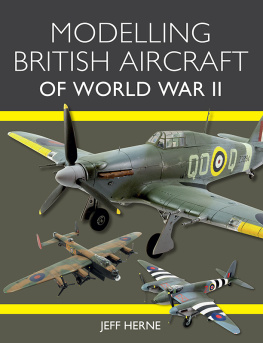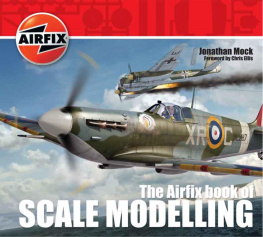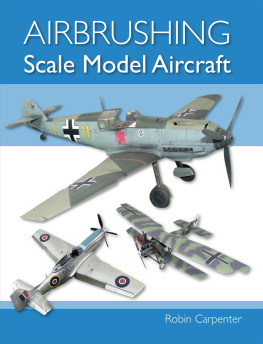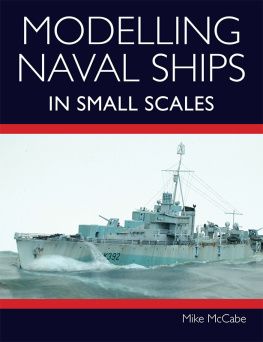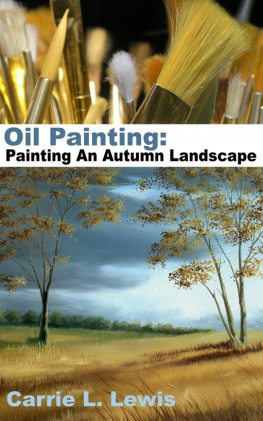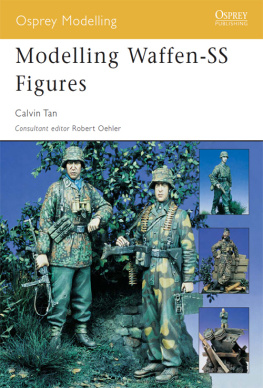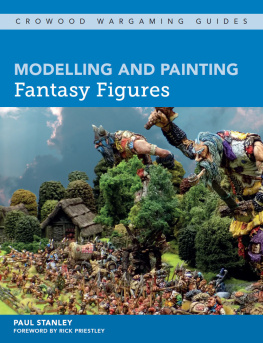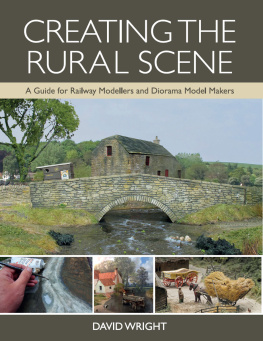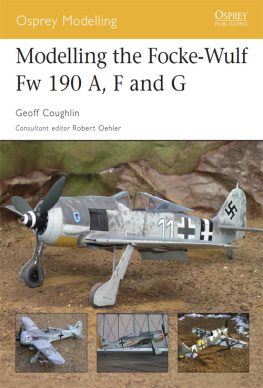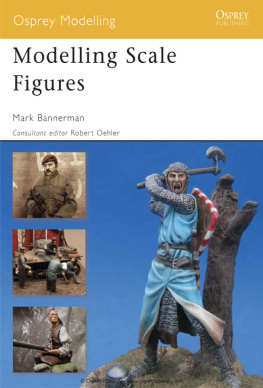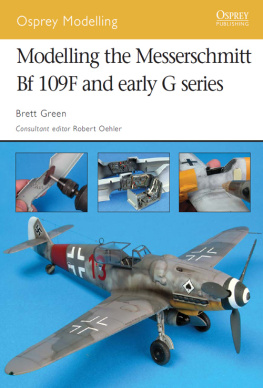Page List
MODELLING
BRITISH AIRCRAFT
OF WORLD WAR II
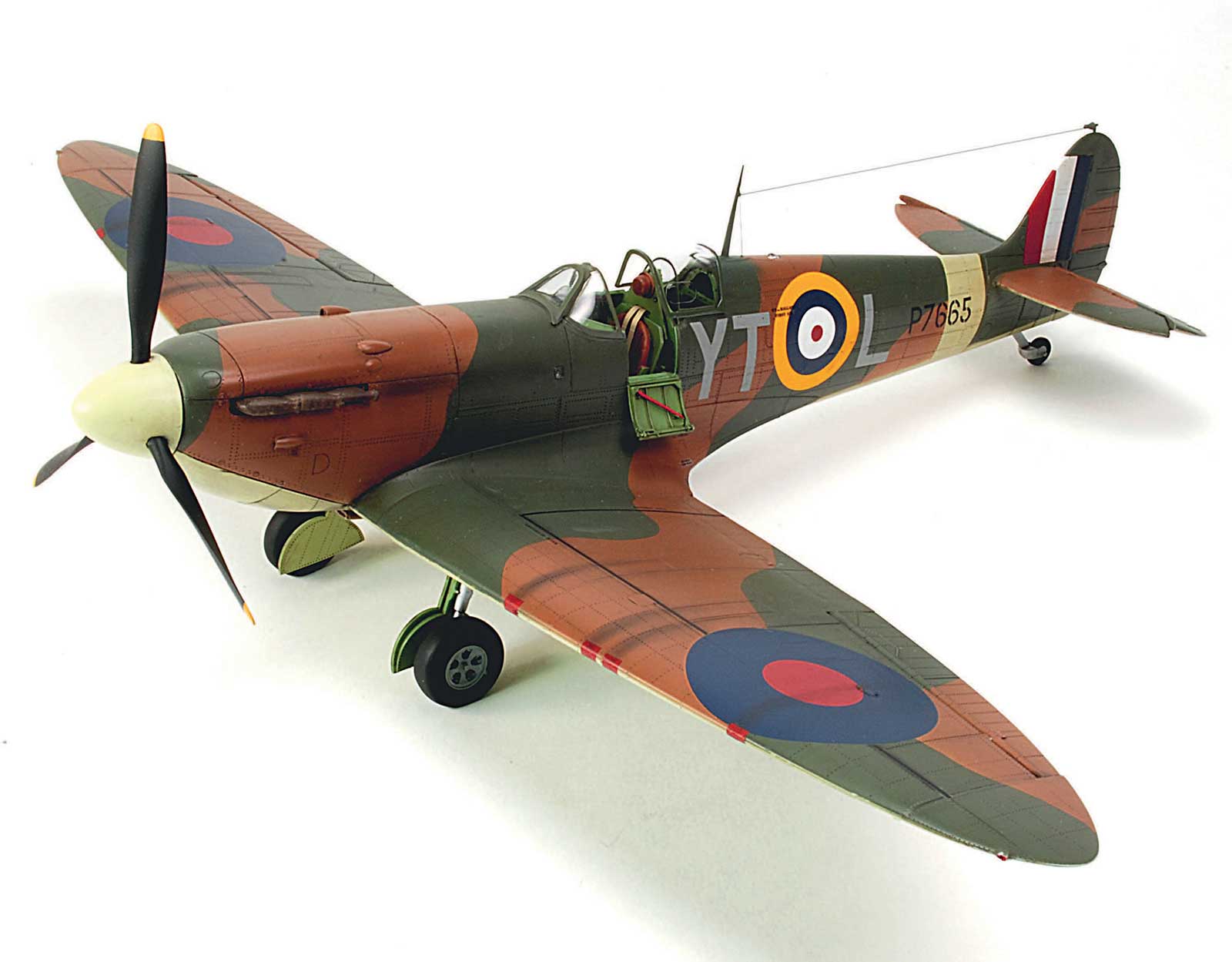
MODELLING
BRITISH AIRCRAFT
OF WORLD WAR II
JEFF HERNE
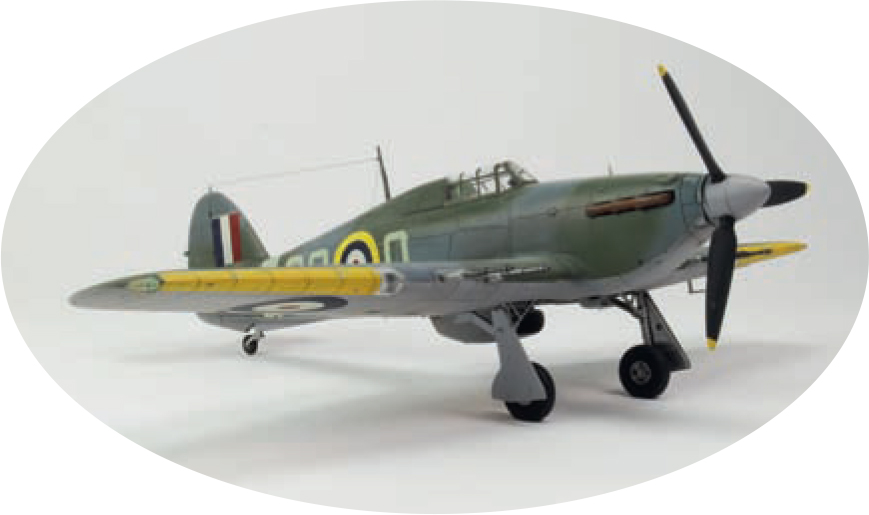

First published in 2020 by
The Crowood Press Ltd
Ramsbury, Marlborough
Wiltshire SN8 2HR
www.crowood.com
This e-book first published in 2020
Jeff Herne 2020
All rights reserved. This e-book is copyright material and must not be copied, reproduced, transferred, distributed, leased, licensed or publicly performed or used in any way except as specifically permitted in writing by the publishers, as allowed under the terms and conditions under which it was purchased or as strictly permitted by applicable copyright law. Any unauthorised distribution or use of this text may be a direct infringement of the authors and publishers rights, and those responsible may be liable in law accordingly.
British Library Cataloguing-in-Publication Data
A catalogue record for this book is available from the British Library.
ISBN 978 1 78500 782 8
Dedication and Acknowledgements
This book is dedicated to my loving wife Laura and daughter Katelyn, who not only tolerated my countless hours in the shop, but countless hours at the computer putting thoughts and details into words. I am a lucky man to have such wonderful ladies in my life.
Special thanks must be extended to the following people, without whose assistance this work would not have been possible.
Dave Raatz when I wanted to sleep, he told me to write.
David Holmes who took the ramblings of a Yank and turned them into respectable English.
Shannon ONeill, Wayne Dippold, Ronnie MacDonald, Vic Scheuerman, Seb Sherburn, Jeff Barrette, Dave Gayton and Chris Henry at the EAA Museum in Oshkosh, for allowing me access to their photo collections and their aircraft. What better way to research a Mossie than from the cockpit?
Photos credited to Australian War Memorial, US National Archives, Smithsonian National Air and Space Museum, United States Air Force, Canadian National Archives, Archives New Zealand, Fleet Air Arm Museum, Imperial War Museum and British Ministry of Defence are in the public domain or carry an Open Government Licence (OGL v.1). Individual credits are given where known. All other photos are from the authors collection.
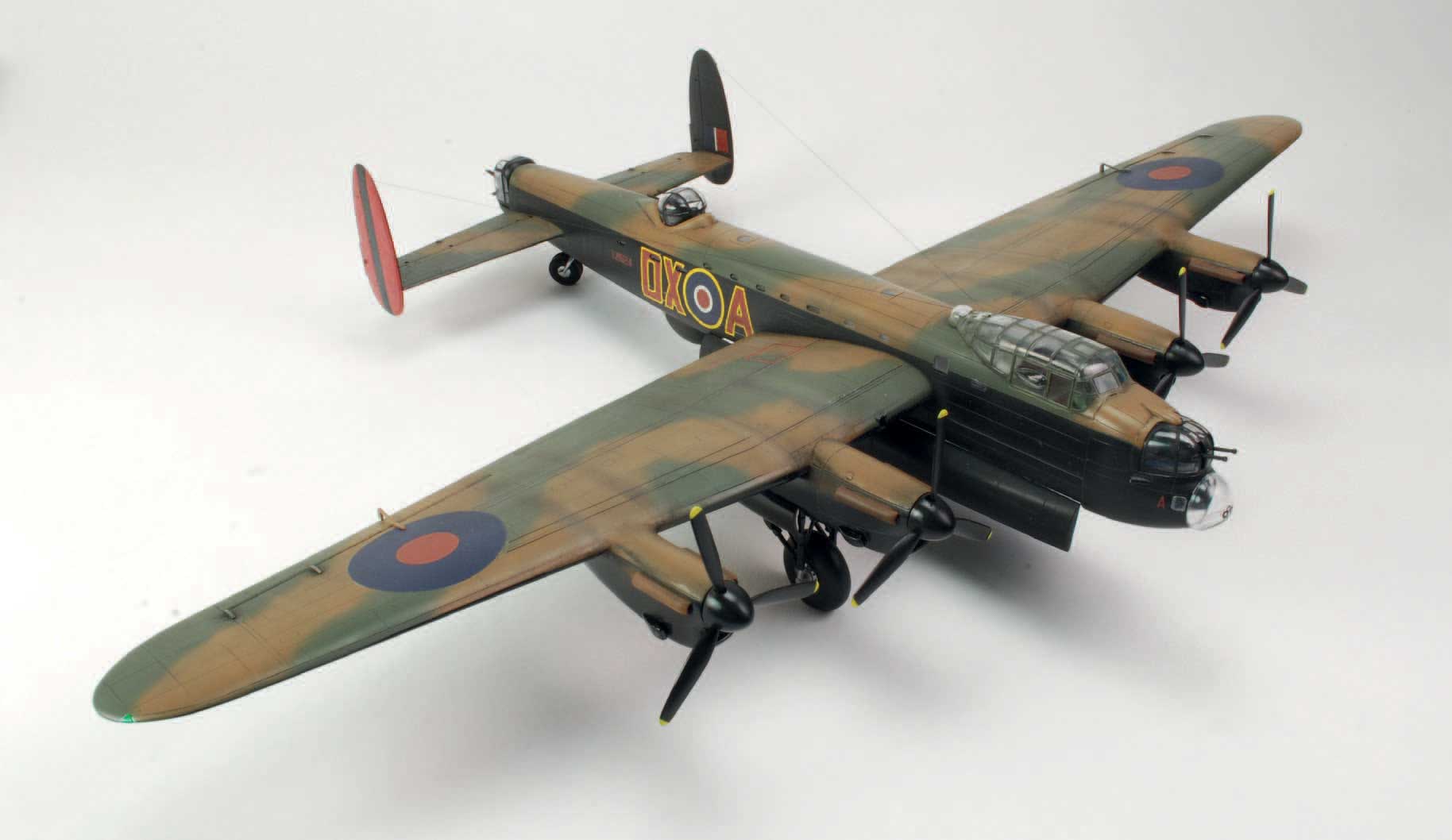
Introduction
HURRICANE. SPITFIRE. MOSQUITO. SWORDFISH. LANCASTER
These are some of the most legendary aircraft to emerge from World War II. Since their introduction in the 1930s and 1940s, models have been made of them, first in wood, then plastic, and today there are hundreds of kits of these aircraft available to the hobbyist in a huge array of scales and variants. It is safe to say that millions of models of these aircraft have been built over the years by both expert and novice modellers alike.
But what defines an expert modeller from a novice? Many will assume that it is the experience of the builder or the tools and techniques that define what the ultimate end result will be a model worthy of a place in a museum, or a fair representation of an aircraft in miniature form for your bookshelf.
With the explosive growth of the Internet and social media, scale modelling became a worldwide, interconnected hobby and suddenly modellers were communicating with other like-minded builders all over the planet, discussing kits and techniques and sharing the history we attempt to convey through our models. Despite this tremendous resource of information, after a few minutes online one immediately notices that not everyone is ahead of the curve, qualitatively speaking. As modellers, we develop techniques over time, through trial and error, and when we find something that works tend to become reluctant to change our ways. Sometimes, that can be a hindrance.
As a professional modeller, I am always searching for ways to improve my efficiency, improve my product and minimize the frustrations and hurdles we have all had to overcome in our beloved pastime. At the same time, I have learnt to balance the hobby and the job despite the fact that both are the exact same thing. Despite four decades in this hobby, I am still learning new techniques and methods, and not necessarily from the expert modeller, but from someone new to the hobby who saw a problem and developed a commonsense technique that was superior to mine.
While I cannot promise you that this volume will make you an expert, I can promise you that if you have ever looked upon others work and wished you could achieve similar results, then our goal is to reduce your learning curve, minimize trial and error and help you to achieve those same results.
Jeff Herne
Ixonia, Wisconsin, USA
Chapter One
Preparation
We shall start off under the impression that this is not only your first serious model kit as an adult but it is the first model you have ever attempted. If you are an experienced modeller this could be a tad repetitive, but you never know what little bits of information you may pick up along the way. If youre not an expert, start out with the understanding that this is not a race; rather, it is a journey that requires time and patience to master, and once you feel youve mastered it, another challenge will come along to motivate your creativity.
Regardless of your skill level or experience, the journey you are about to set upon is not about simply building a miniature version of your favourite aircraft its far more than that. You are, in essence, creating art. Your model will be a reflection of the effort and passion you put into it. Only you can decide to what level you take your work in terms of accuracy and detail. In order to accomplish these goals, you must be prepared with some basic knowledge. There are countless things to consider when building a model. The complexity of the kit, the tools and resources at your disposal to physically construct the kit, and even your attitude going into the project, all contribute to the end result.
Selecting a kit to build is not a random act. For some, its the most difficult part of the process. Perhaps its the look of the model, perhaps you have a historical connection to the original aircraft or pilot. Whatever the reason, the key to your initial success is choosing a model you are capable of building and completing within a reasonable amount of time. What this means, simply, is to start out with a kit that you can actually finish without being overwhelmed by its complexity or physical size. A single-seat fighter such as a Spitfire or Hurricane will allow you to gain experience and confidence, while also developing construction techniques without being intimidated by the overall scope of the project.
The scale of the kit is also important. A 1/72 Spitfire is an evenings worth of building, whereas 1/48 and 1/32 scale kits will require proportional amounts of time to complete, as the level of detail inherently increases with the physical size of the model. The construction averages will vary based on the modellers skills and experience, but the average modeller should invest fifteen to twenty hours of time on a 1/72 scale Spitfire, twenty-five to thirty hours of time on a 1/48 scale Spitfire, and forty hours or more on a 1/32 scale kit, based on a typical, out of the box build. A super-detailed 1/32 scale model is likely to require several hundred hours of work if done properly.

